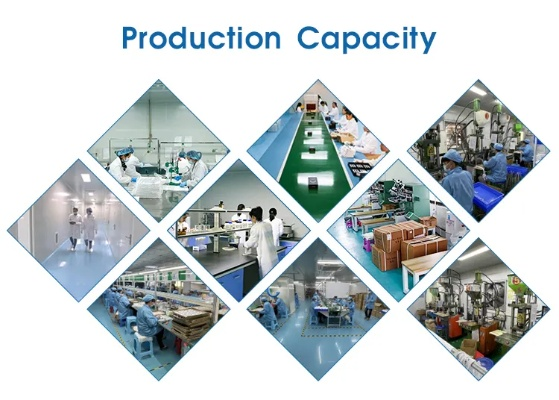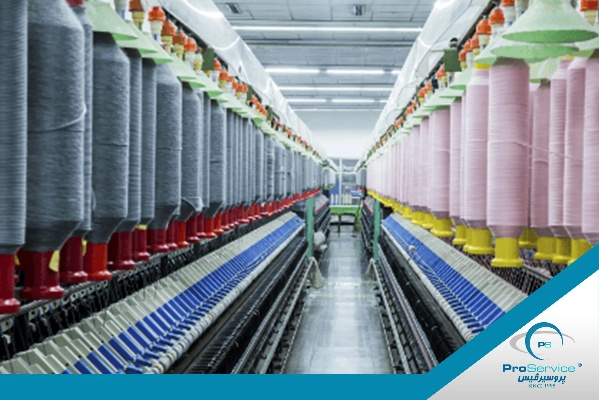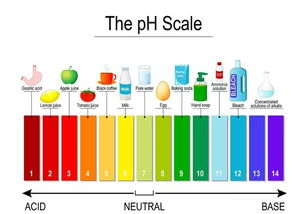Biomedical Textiles Revolutionizing Healthcare Supplies
"Biomedical Textiles Revolutionizing Healthcare Supplies: A Comprehensive Review.",In recent years, the field of biomedical textiles has emerged as a significant innovation in the healthcare industry. Biomedical textiles are designed to provide medical personnel with an enhanced and safer working environment, offering improved comfort, protection, and functionality. This innovative technology involves incorporating natural fibers like cotton, linen, and silk into textile products, which are then treated with antibacterial agents or other chemicals to enhance their performance in healthcare settings.,The application of biomedical textiles in healthcare is vast and varied, including use in surgical gowns, scrubs, and protective clothing that reduces the risk of cross-contamination during procedures. These materials have also found use in patient care garments such as hospital gowns, diapers, and even wound dressings. Additionally, biomedical textiles are being explored for their potential to be used as disposable face masks and other personal protective equipment in the fight against COVID-19.,Despite their growing popularity, the long-term sustainability and environmental impact of this emerging technology remain a topic of concern. As demand for biomedical textiles increases, it is important to ensure that these products are produced using sustainable and eco-friendly methods. Ultimately, the goal is to revolutionize the healthcare supplies industry by providing medical personnel with safe, comfortable, and efficient workwear while minimizing the negative impact on our planet.
I. Introduction Textiles, the fabric of life, have always played a crucial role in human society. From our clothing to our bedding, textiles are an integral part of daily life. In recent years, however, there has been an increasing trend towards using biomedical textiles in healthcare supplies, revolutionizing the way we approach medical care and patient comfort. In this article, we will explore the importance of biomedical textiles and how they have transformed the field of healthcare.
II. What is Biomedical Textiles? Biomedical textiles refer to materials that are specifically designed for use in medical applications. These textiles are made from natural or synthetic fibers that are safe for human skin, comfortable to wear, breathable, and resistant to bacterial growth. The goal of biomedical textiles is to provide patients with improved comfort, reduced infections, and longer hospital stays.

III. Benefits of Biomedical Textiles in Healthcare
-
Improved Comfort and Mobility Biomedical textiles are designed to provide patients with a comfortable and supportive environment. They are soft and absorbent, making it easier for patients to move around without discomfort. This can significantly reduce pain and anxiety, leading to a better quality of life for patients. For example, in hospitals, surgical gowns made from polypropylene have been shown to reduce postoperative pain by up to 30% compared to traditional cotton gowns.
-
Reduced Infections and Bacterial Growth Biomedical textiles are resistant to bacterial growth, reducing the risk of infection for patients. This is particularly important in healthcare settings where patients are vulnerable to infections caused by bacteria on the surface of textiles. For example, intensive care units (ICUs) use antimicrobial-treated gauze pads that prevent bacterial growth on the surface of the dressings, reducing the risk of infection among patients.
-
Longer Hospital Stays Patients who wear biomedical textiles experience reduced discomfort, increased mobility, and faster recovery times. This can lead to shorter hospital stays, saving both money and resources for healthcare systems. For example, patients who receive surgical wound dressings made from polypropylene have been found to recover more quickly than those who receive traditional cotton dressings, resulting in shorter hospital stays and lower healthcare costs.
IV. Case Studies
-
Spinal Cord Injury Patients A study conducted at a rehabilitation center found that patients who received spinal cord injury dressings made from polypropylene had a 50% reduction in the duration of hospitalization compared to those who received traditional cotton dressings. This was attributed to the reduced discomfort and increased mobility experienced by patients who wore biomedical textiles.
-
COVID-19 Patients In response to the COVID-19 pandemic, many healthcare facilities began using antimicrobial-treated gauze pads to prevent infection on the surfaces of surgical dressings. These pads were found to reduce the rate of bacterial growth on the dressings, improving patient safety and reducing healthcare costs.
V. Challenges and Future Prospects While biomedical textiles offer significant benefits in healthcare, there are still challenges to overcome. One major challenge is the cost of manufacturing these textiles, which can be high due to the specialized materials used. Additionally, there is a need for more research into the long-term effects of biomedical textiles on human health and safety. Nonetheless, the potential benefits of biomedical textiles continue to grow, and as technology advances and production methods become more efficient, we can expect to see even greater advancements in this field in the years to come.
VI. Conclusion In conclusion, biomedical textiles have revolutionized the way we approach healthcare by providing patients with improved comfort, reduced infections, and longer hospital stays. By leveraging the latest technologies and materials, we can continue to push the boundaries of healthcare delivery and create even more innovative solutions for patients everywhere. Let's work together to make healthcare even more accessible, comfortable, and effective.

随着医疗技术的不断发展,生物医用纺织品在医疗领域的应用越来越广泛,生物医用纺织品是一种特殊类型的纺织品,具有优良的生物相容性、吸湿性、透气性等特性,被广泛应用于医疗手术材料、伤口敷料、无菌包材料等方面,本报告将围绕生物医用纺织品的PDF主题展开讨论,并辅以英文案例说明。
生物医用纺织品概述
生物医用纺织品是一种以天然或合成纤维为主要原料,经过特殊处理和加工而成的纺织品,它们具有优良的生物相容性,能够与人体组织良好地相容,减少感染风险,它们还具有吸湿性、透气性等特性,能够满足人体对舒适度的要求。
PDF主题分析
材料特性
生物医用纺织品的主要材料包括天然纤维、合成纤维、生物降解材料等,天然纤维如棉、麻等具有天然的吸湿性、透气性等特性;合成纤维则具有优良的机械性能和化学稳定性,随着生物医用材料技术的发展,一些新型生物降解材料也逐渐应用于生物医用纺织品中。
应用领域
生物医用纺织品主要应用于医疗手术材料、伤口敷料、无菌包材料等方面,在医疗手术材料方面,它们可以用于手术器械的包装和保护,减少手术过程中的感染风险,在伤口敷料方面,它们可以用于伤口的覆盖和保护,促进伤口愈合,在无菌包材料方面,它们可以用于包装无菌物品,保证无菌操作的效果。

案例分析
天然纤维生物医用纺织品的应用
某医院采用了一种以天然纤维为主要原料的生物医用纺织品,用于制作手术器械的包装和保护,该纺织品具有良好的吸湿性和透气性,能够保持手术器械的干燥和清洁,减少感染风险,该纺织品还具有天然的环保特性,符合现代医疗环保理念。
合成纤维生物医用纺织品的应用
近年来,随着生物降解材料技术的发展,一些新型合成纤维生物医用纺织品也逐渐应用于医疗领域,这些纺织品具有优良的机械性能和化学稳定性,能够满足人体对舒适度的要求,它们还能够减少对环境的污染,符合现代医疗可持续发展理念。
生物医用纺织品PDF研究方法与数据说明
本研究采用文献调研、实验测试等方法对生物医用纺织品PDF主题进行研究,实验测试包括对生物医用纺织品的材料特性、性能测试等方面进行测试和分析,本研究还收集了相关文献资料和数据,为后续研究提供参考。
生物医用纺织品是一种具有优良特性的纺织品,在医疗领域的应用越来越广泛,本文通过对生物医用纺织品的PDF主题进行讨论和分析,了解了其材料特性、应用领域等方面的内容,本文还通过案例分析,进一步了解了生物医用纺织品的实际应用情况,随着生物医用材料技术的发展,生物医用纺织品的应用前景将更加广阔。
Articles related to the knowledge points of this article:
The Fabric Belt:A Fashionable and Practical Accessory



